Coleman releases first of additional two million fry, rest to be released over next several weeks

In partnership with GSSA, the US Fish and Wildlife Service’s Coleman hatchery released the first batch of two million salmon fry into the Sacramento River in mid-December. The two million are being produced over and above the normal 12.5 million juvenile salmon produced at Coleman annually. The fish were between one and two inches when released. This is too small to insert metal coded wire tags into so the parent fish were sampled for their DNA which will be used in three years to identify which adult salmon returning to the Sacramento River are from this project. The production of these additional fry restarts a program where fry surplus to the hatchery’s production goal were routinely dumped into Battle Creek until the 1990’s. Fishermen from the upper Sacramento Basin say they noticed a drop in the number of returning adults after this program was stopped. The decision to restart was made in part to help jump start wild salmon in the upper basin that have been decimated by recent droughts. The US Fish and Wildlife Service, which operates the Coleman hatchery, deserves credit for helping the salmon fishermen and women, both in the ocean and throughout the Sacramento Basin by taking on this project.
GSSA visits Putah Creek to learn about blocked migration route problem
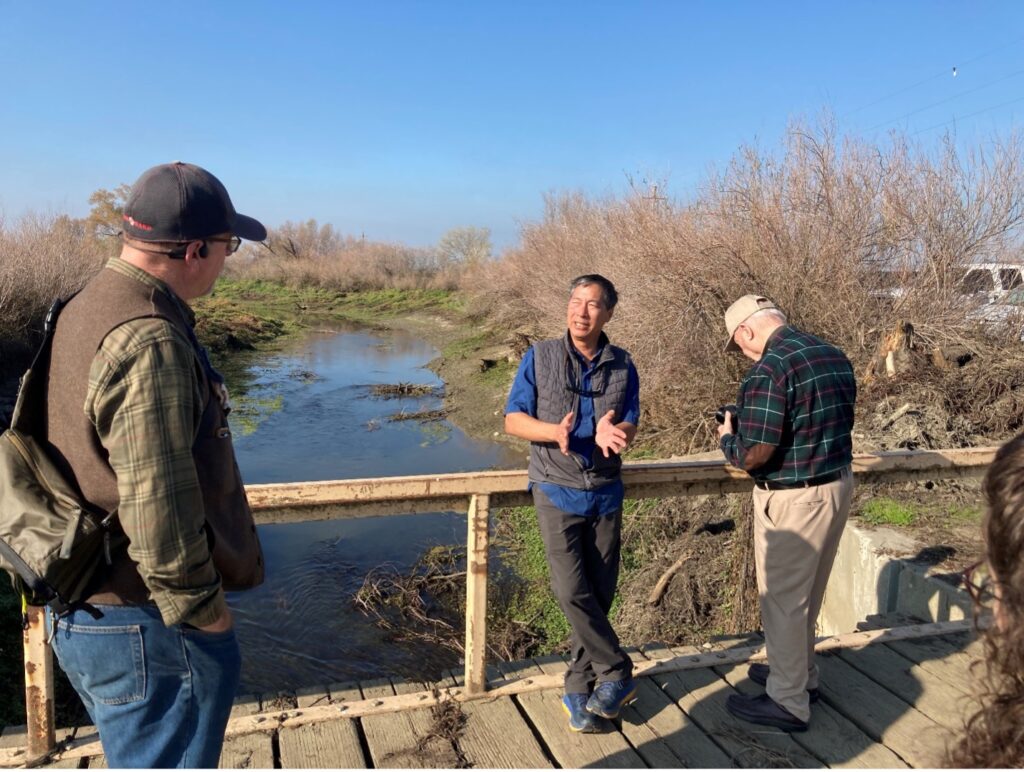
GSSA staff including John McManus, Dick Pool and Barry Nelson recently toured Putah Creek near its end in the Yolo Bypass to learn about a problem for salmon restoration efforts there. The creek is dammed annually with removal boards in the bypass in order to create a pool where water can be pumped to flood waterfowl habitat and irrigate farmland. This temporary dam has proven troublesome to salmon in recent years, including in 2021 when over 80 salmon died downstream of it. Only an estimated five adult salmon survived to the spawning parts of the creek. This compares to nearly 1700 adults that spawned in Putah Creek in 2017. Various simple fixes have been discussed and GSSA is investigating how we might accelerate or aid the process. GSSA has had follow up conversations with a local water district interesting in helping and the CDFW which oversees a nearby wildlife area that water is being pumped to. Putah Creek could be a regular contributor to Central Valley salmon stocks once again if the issues are worked out.
Rain storms help; October deluge leads to straying into many area creeks
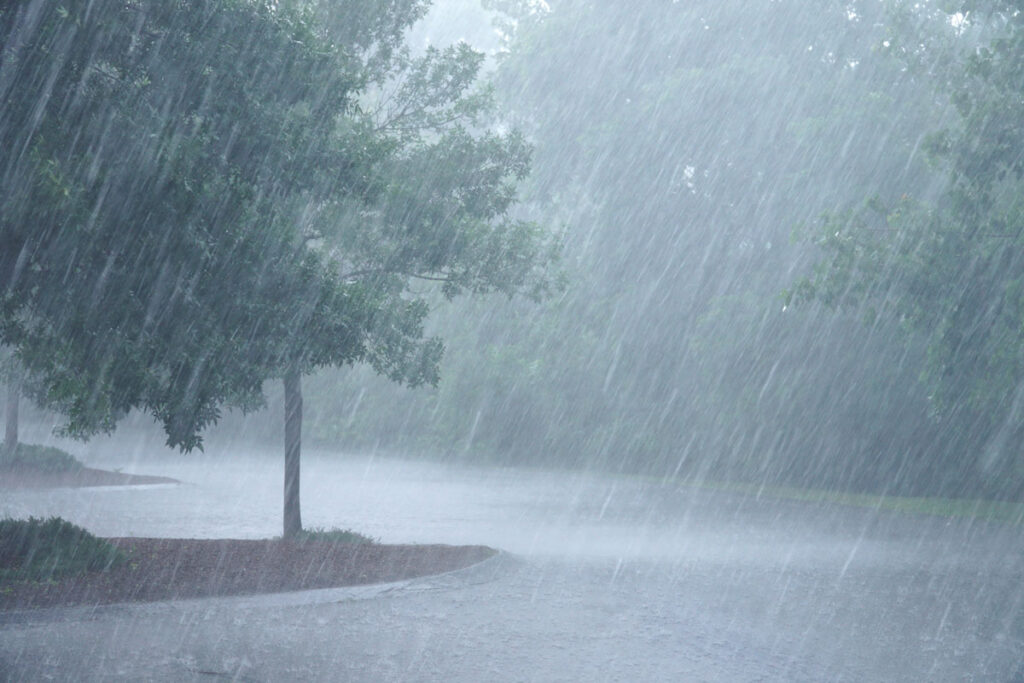
If you were around in late October, you experienced the very wet weather system that dumped inches of rain all over California, especially in the SF Bay Area. Unlike sailors, salmon head for every port in a storm. They “know” that their long term best bet is to split up and try to colonize every stream big enough to have them. This way, some of their offspring are sure to survive, somewhere. That’s what they did after the big October storm. King salmon showed up in all kinds of small creeks where they’re only seen maybe once every ten years or so. Among these, Redwood Creek in Muir Woods in southern Marin County, Campbell’s Los Gatos Creek, Hayward’s San Lorenzo Creek, Sonoma Creek, Alameda Creek, Olema Creek, Bolinas’ Pine Gulch Creek and likely other spots. Hopefully conditions in these creeks will spawn a generation of salmon they haven’t seen in some time.
GSSA meets with US Congressman Jimmy Panetta

GSSA leaders recently met with Congressman Jimmy Panetta who represents Monterey Bay salmon ports including Santa Cruz, Moss Landing and Monterey. The GSSA contingent included board chair Randy Repass, president John McManus and board member Sherry Flumerfelt, who is also the executive director of the Monterey Bay Fisheries Trust. Rep. Panetta heard from the GSSA crew about the life cycle of salmon, the fact that most of the fish in the ocean off the California coast originate in the Central Valley, and the request to just say no when San Joaquin Valley agriculture operations try to sway Congress to aid moving more water from salmon rivers far to the north. Of note, the Congressman’s district boundaries have just been redrawn which means the substantial ties he developed with local Monterey area agriculture (think lettuce, garlic, artichokes, strawberries, all of which go well with salmon) will likely now be traded for ties with more urban areas including some near San Jose. There are many salmon fishermen and women living there…
Mokelumne hatchery has to borrow some eggs from Nimbus hatchery again

Salmon returns to the Mokelumne hatchery were looking good until that big October storm caused every waterway in California to flow heavy. It’s believed that many adult salmon headed for the Mokelumne hatchery instead strayed elsewhere including the nearby Consumnes and American rivers. Because of that, the Mokelumne hatchery wasn’t able to meet its egg needs and extra eggs were brought in from the Nimbus hatchery on the American River. On the bright side, those Mokelumne fish that ended up in the American will be counted towards the minimum escapement target of 122,000 which is important to fishery managers.
State on track to produce 2.25 million extra salmon
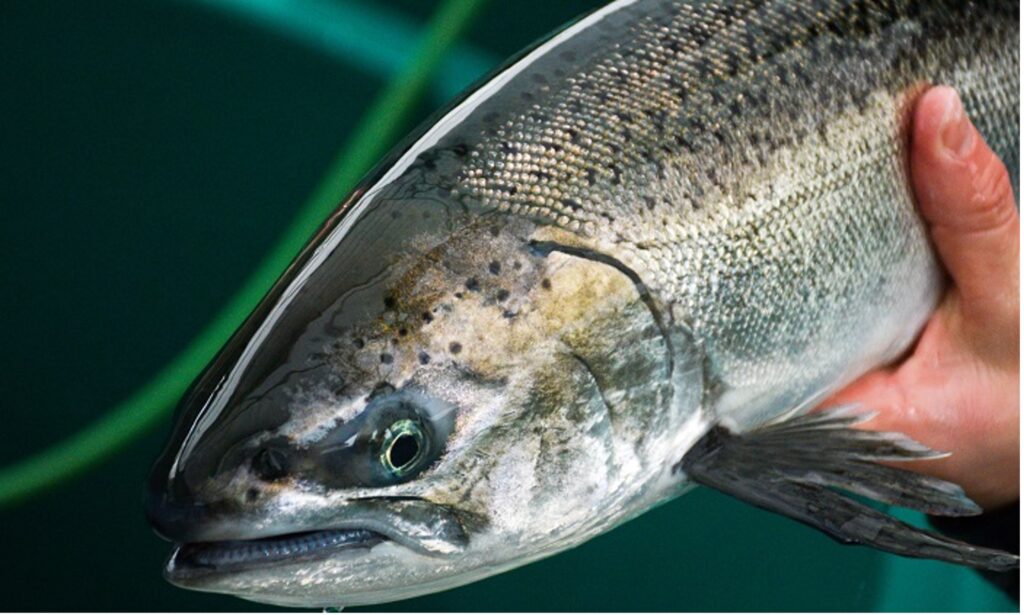
California state hatcheries will produce an additional 2.25 million fall run salmon that will be released in the spring of 2022. The Feather River hatchery will produce an extra 1.75 million and the other 500,000 will come from the Nimbus hatchery on the American River. The state is taking this action to help make up for some of the losses experienced this past year due to drought. CDFW has expressed interest in using more release sites in the west Bay. This is an idea GSSA has advocated for because survival of baby salmon released in the west Bay is doubled compared to salmon released at CDFW’s traditional release sites near Vallejo.
Some water users complain about rebalancing water allocation for salmon
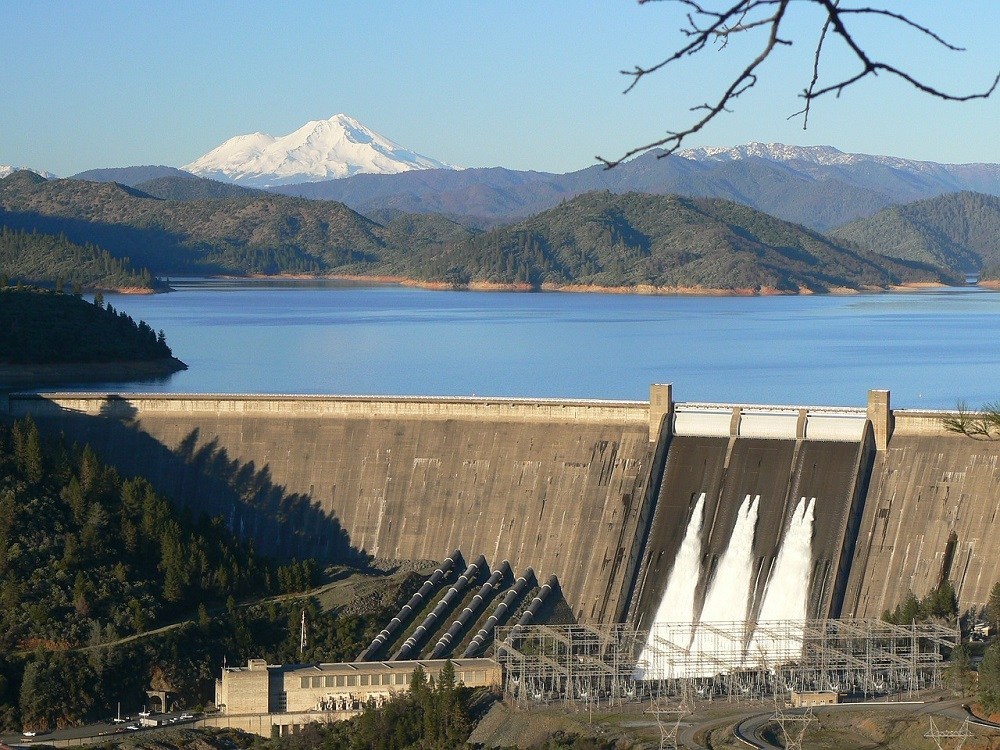
GSSA’s legal efforts, with allies and our pro bono lawyers, have so far resulted in the federal government agreeing to withdraw the salmon-deadly water operations plan for the Central Valley Project. They have also resulted in winning some small concessions from the feds about how to operate the huge federal water project, which includes Shasta Dam, in the next two to three years while a new plan is being hammered out. GSSA and allies have asked for reinstatement of better salmon protections, like those that the Trump administration dumped, but so far, the Biden administration, hasn’t given nearly enough. Nonetheless, the movement in our direction has been enough to elicit howls of protest from some of the biggest agricultural water users in the Central Valley, especially from those in the San Joaquin Valley. The complaints give some indication that things aren’t as bad for salmon as they were a short while ago.
On December 16 our attorneys filed a motion with the court seeking a preliminary injunction in order to force adoption of better protections in the near term. Hopefully the filing will prompt the federal government to get more serious about the need to offer better salmon protections now, not years from now. We’ll update as developments warrant.
Fishing interests promised a seat at 30/30 table but state fails to deliver
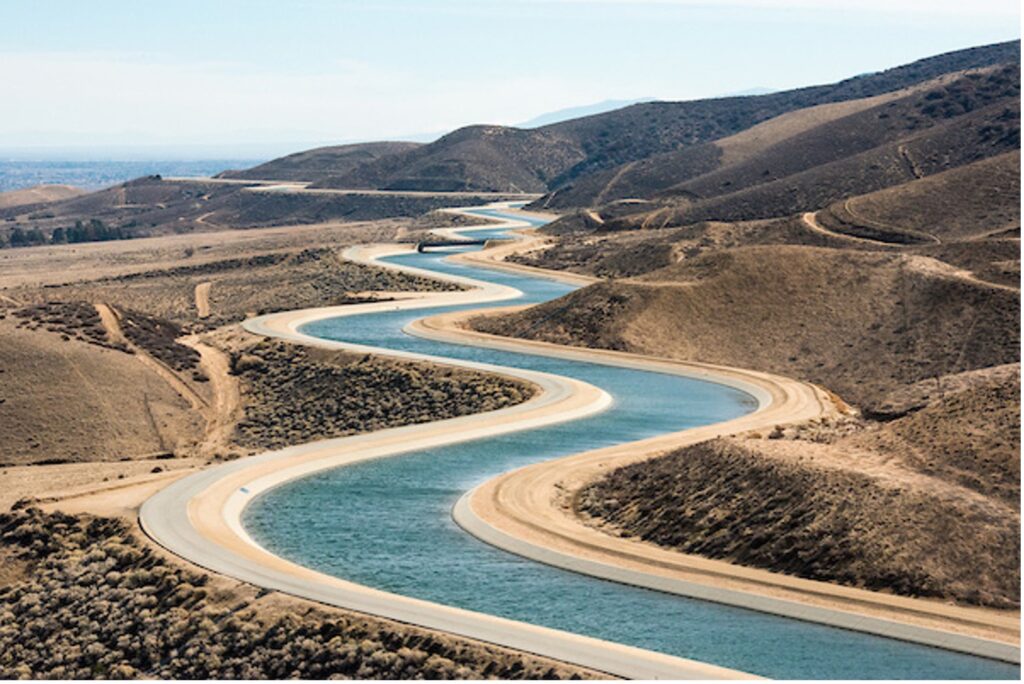
The State of California is embarking on a process intended to provide protection for additional land and water by the year 2030. The aim is supposedly to protect 30 percent of our lands and 30 percent of our ocean waters by then. GSSA has expressed an interest in seeing 30 percent of the freshwater rivers and streams protected in order to make good on protecting 30 percent of the land. So far the state has said conflicting things about this and we’ll be pleasantly surprised if they have the political courage needed to truly protect the lands and the water needed to sustain fish and wildlife on those lands. In addition, there’s been disagreement about what constitutes 30 percent protection of the state’s coastal waters. Some groups insist those waters must be locked up in additional marine protected areas. Fishery advocates have pointed out that close to 30 percent are already protected if you count not only existing marine protected areas but also existing marine sanctuaries and other areas with various levels of existing protections. One state fish and wildlife leader promised early on that fishery advocates would have a seat at the table as details were hashed out over the last year but the state has failed to make good on that promise.
Salmon eggs died in hot water, as predicted
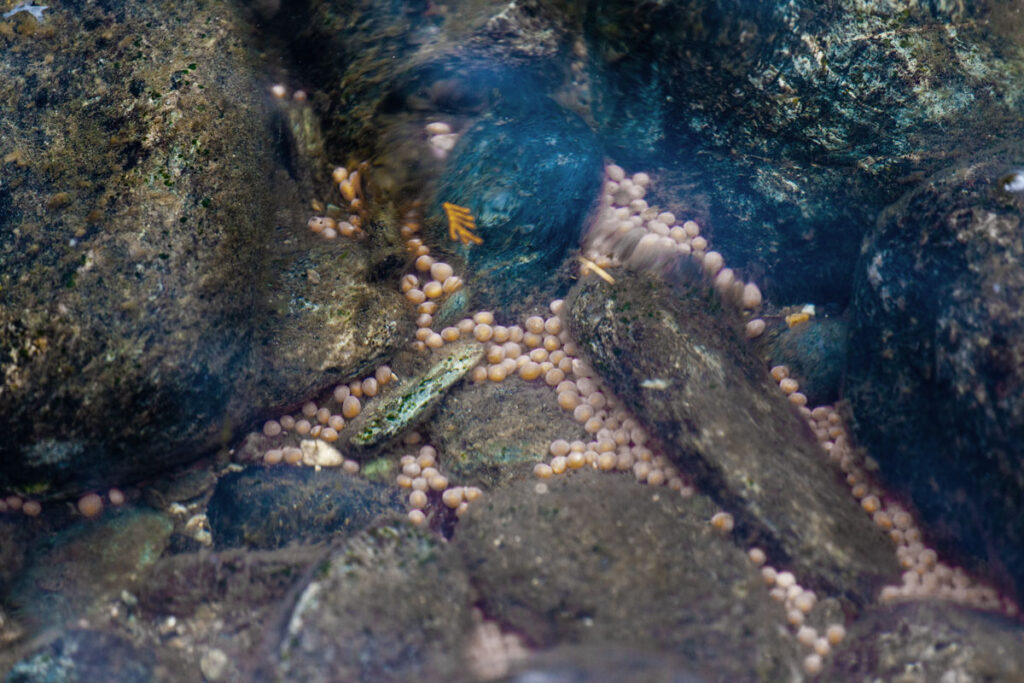
We wrote plenty after the National Marine Fisheries Service and others told us last spring to expect water temperatures in the Sacramento River spawning grounds too hot for salmon. It happened. As predicted, water temps in the upper Sac stayed way above the needed 55 degrees all through October and November. The 59 degree water coming out of Shasta Dam forced managers of the Livinston Stone winter run hatchery at the base of Shasta Dam to bring in massive diesel powered refrigeration units to keep hatchery water cool enough.
Battle Creek and Clear Creek, two major salmon-bearing tributaries to the upper Sacramento River, both ran at about 55 degrees through October and November. This was considerably cooler than the mainstem Sacramento River. No one should be surprised to eventually learn that many returning adult fish to the upper Sacramento Basin “strayed” up into these cooler watersheds. This is what happened in the last big drought in 2014 when Clear Creek filled with adult fall run looking for suitable water to lay their eggs in. These cooler creeks offer the best hope for a contribution of natural spawned fish surviving this past hot spawning season.
April Santa Rosa Dinner coming
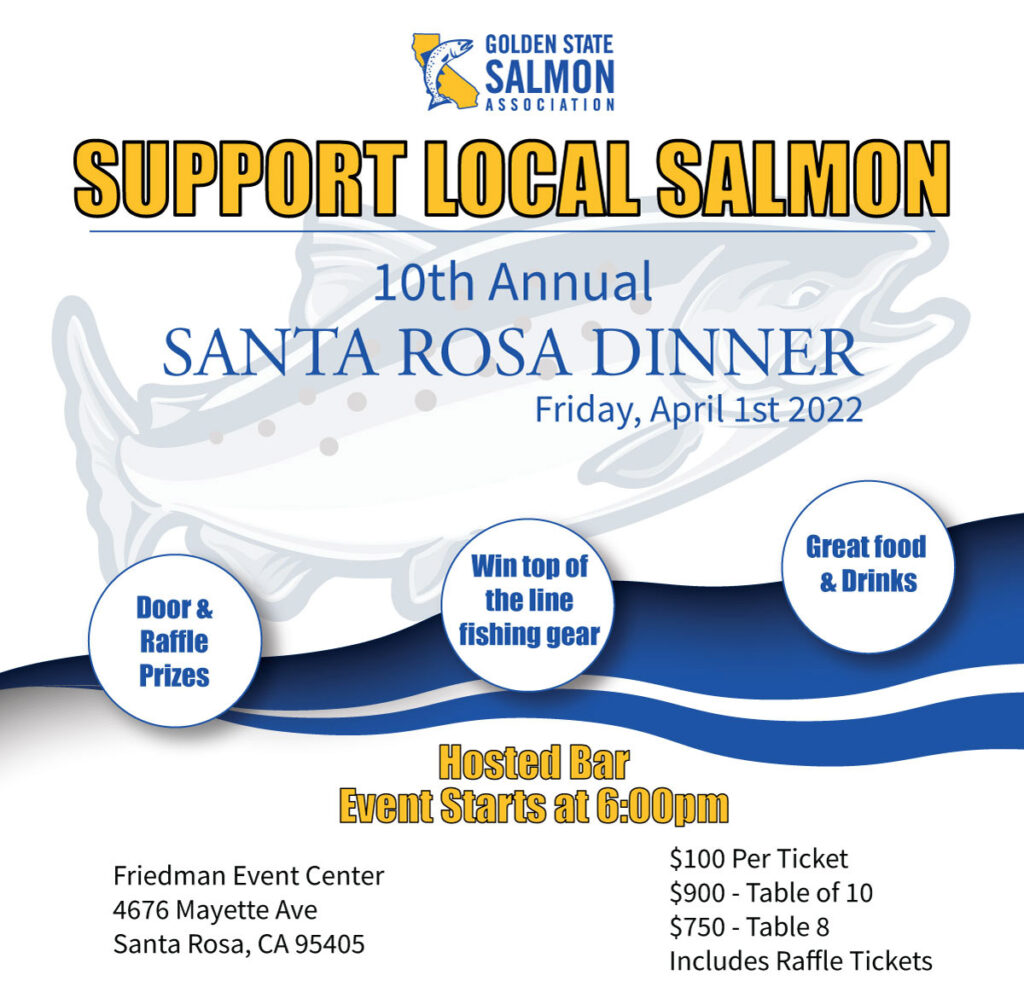
Mark your calendars for April 1 when we’ll resume the annual Santa Rosa fundraising dinner after a two year forced shutdown. We’ll be back at the Freidman Center with all the incredible raffle and auction prizes you’re used to, and some new ones. The food will be great, as always. So will the comradery for a good cause so reserve the date, tickets will be available soon.
Volunteers needed
GSSA is putting out a call for help from volunteers. We’re looking for some extra hands to do a variety of tasks at our April 1 Santa Rosa dinner and at a possible Feb/March crab feed in the west Marin town of Tomales. Let us know by calling 855-251-4472 or emailing info@goldenstatesalmon.org. Thanks.
Renew Your Membership

If you haven’t done so already, please consider renewing your membership at $35 or more for the coming year. We have a lot of work ahead and can’t do it without member support to keep the lights on and the staff working.
We are very grateful for the support we got from many this past year. There’s a lot of work unfinished and a lot of work ahead.
Thanks.
ou can renew here or mail a check in to:
P.O. Box 320096
San Francisco, CA
84132
